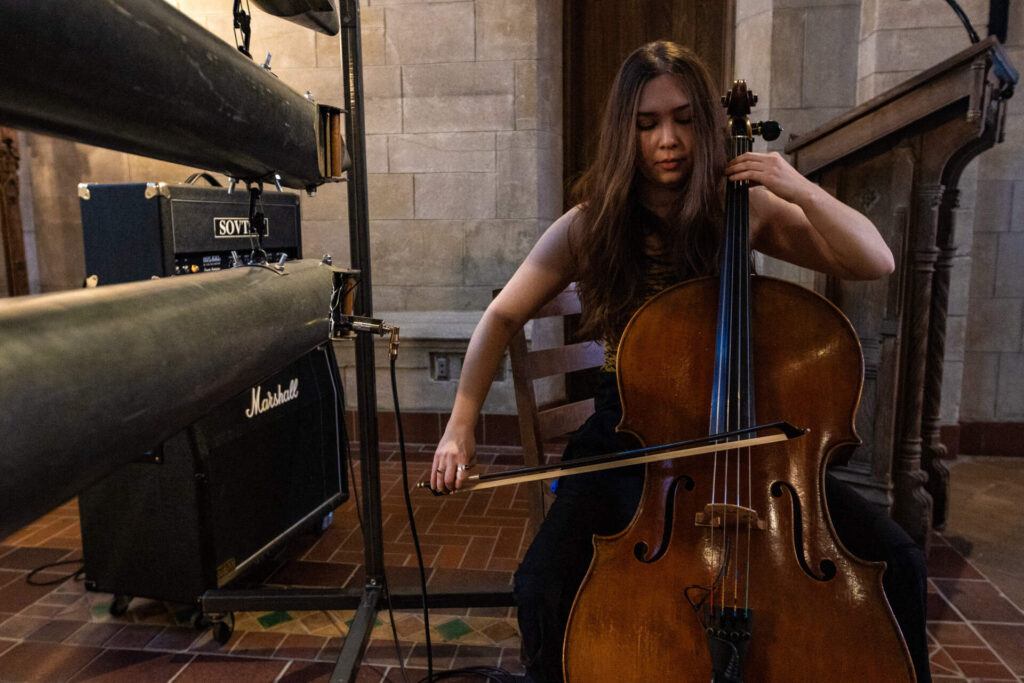News

A musician's invitation to meditate on death at Mount Auburn Cemetery
March 21, 2024
On December 2022, musician Eden Rayz received a message from her friend Roy Hawes about a defunct pipe organ at Mount Auburn Cemetery that was being decommissioned and needed to be picked up, or it would be trashed.
“I decided to take — on a whim — hundreds and hundreds of pipes and just put them in my house," she said. “I had no idea how a pipe organ worked. I knew I liked pipe organ music and knew some performers, but I had not an inkling of what this would become. It was just a gut, split-second decision to leave and get it.”
She ended up collaborating with metalworker Willy Blass at Iron Geist Studios to construct “Argent and Sable,” an 8-foot-long electronic instrument made out of the discarded organ pipes.
